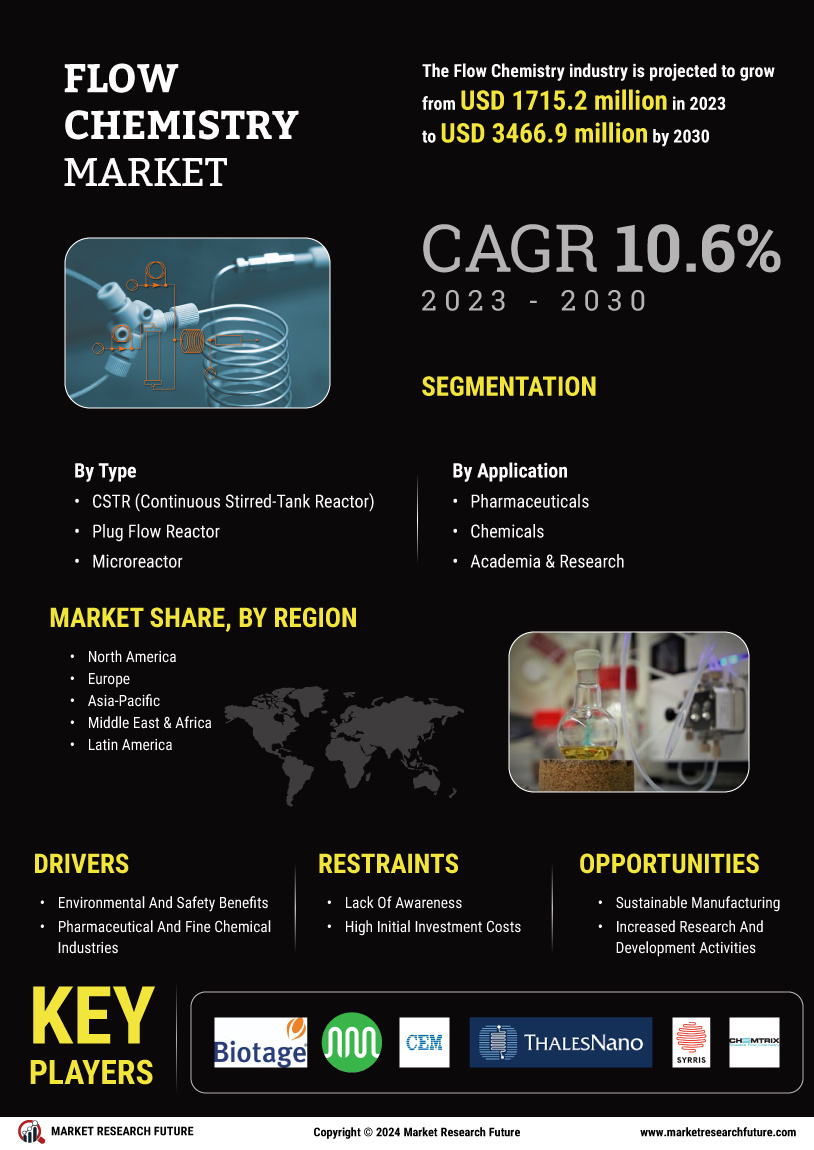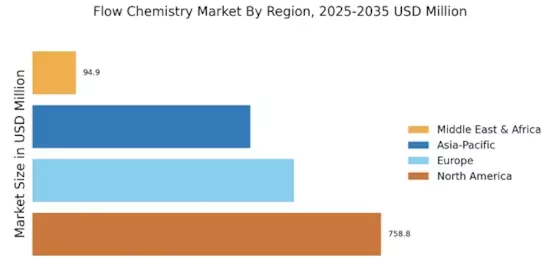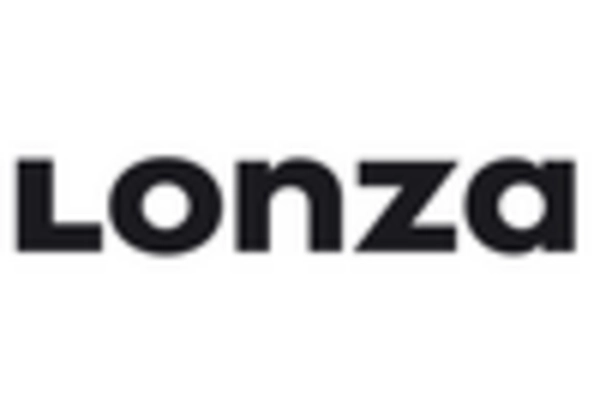Major market players are spending a lot of money on R&D to increase their product lines, which will help the Flow Chemistry Market grow even more. Market participants are also taking a range of strategic initiatives to grow their worldwide footprint, including new product launches, contractual agreements, mergers and acquisitions, increased investments, and collaboration with other organizations. Competitors in the Flow Chemistry Market industry must offer cost-effective products to expand and survive in an increasingly competitive and rising market environment.
One of the primary business strategies adopted by manufacturers in the global flow chemistry industry to benefit clients and expand the Flow Chemistry Market sector is partnerships and acquisitions. The market for Flow Chemistry Market is recognized as being extremely competitive and fragmented. The market for Flow Chemistry Market offers considerable potential opportunities for domestic and unorganized companies. Some of the key players operating in the Flow Chemistry Market are Biotage (Sweden), AM Technology (UK), CEM Corporation (U.S.), Syrris Ltd (UK), Vapourtec Ltd. (UK), ThalesNano Inc. (Hungary), HELGROUP (UK), Uniqsis Ltd. (UK), CHEMTRIX (Netherlands), and YMC Co. (Japan).
To increase their global reach and client base, key firms are concentrating on acquisitions and product innovation.
Biotage.: Biotage is a leading global provider of innovative solutions and technologies for analytical and medicinal chemistry. With a focus on purification, separation, and synthesis, Biotage offers a wide range of products and services to support the research and development efforts of scientists in various industries. Their portfolio includes chromatography systems, purification systems, solid-phase extraction tools, and peptide synthesizers, among others. Biotage's cutting-edge technologies enable scientists to accelerate their discovery processes, improve efficiency, and achieve higher productivity. With a commitment to sustainability, Biotage also strives to minimize the environmental impact of their operations and products.
Through continuous innovation and customer-centric approach, Biotage continues to be a trusted partner for scientists worldwide.
AM Technology: AM Technology's products are used to produce a wide range of chemicals, including active pharmaceutical ingredients (APIs), intermediates, and specialty chemicals. The company's continuous flow reactors offer a number of advantages over traditional batch reactors, including improved safety, scalability, and efficiency. They are also more environmentally friendly, as they produce less waste and emissions. AM Technology's customers include leading pharmaceutical companies, fine chemical manufacturers, and research institutes around the world. The company has a strong track record of innovation and has developed a number of patented technologies.
AM Technology is well-positioned for continued growth in the years to come, as the demand for continuous flow reactors and continuous flow chemical plants continues to grow.


















Leave a Comment